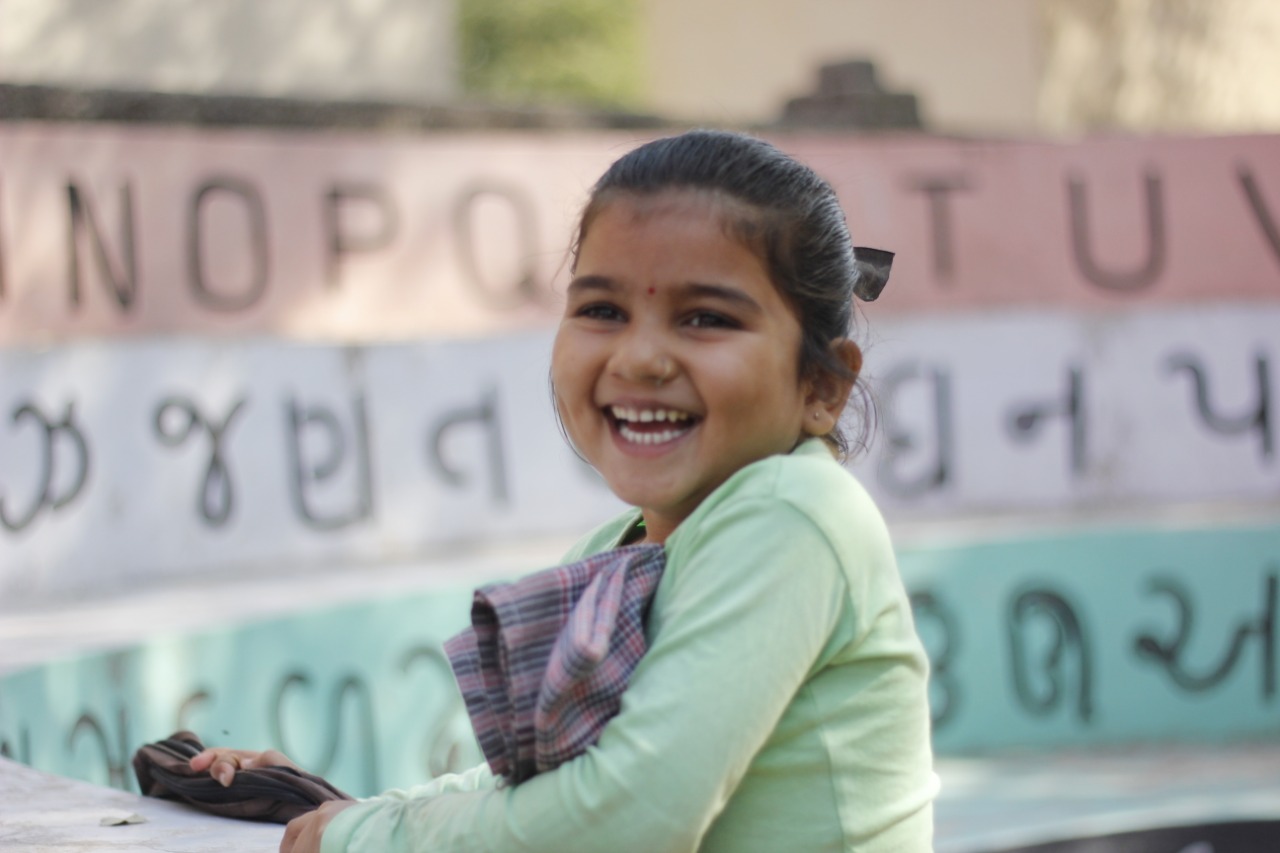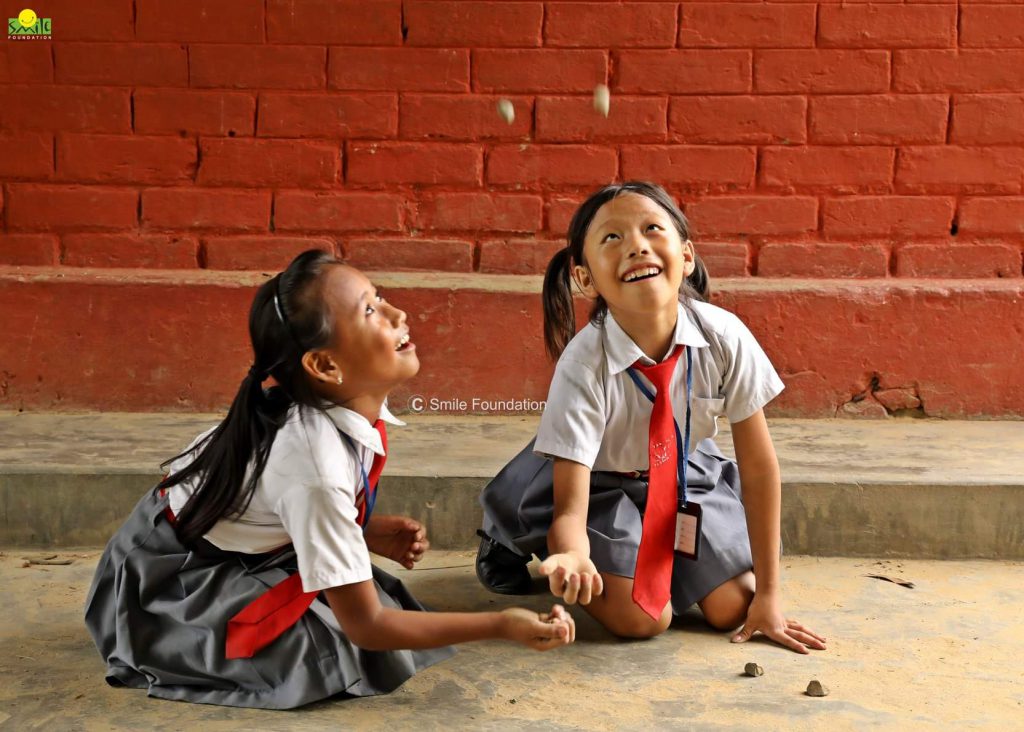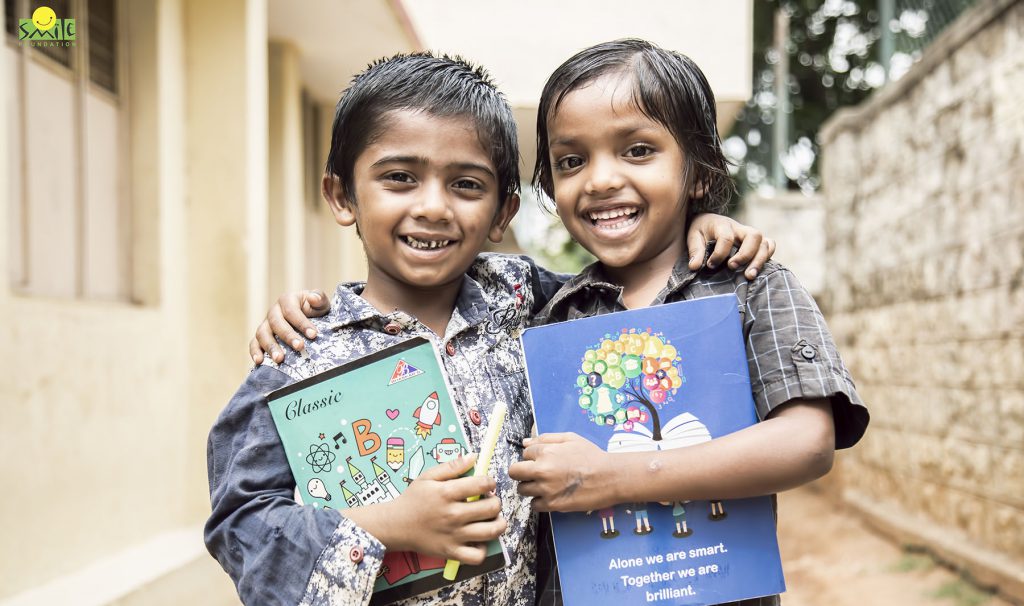India observes National Girl Child Day every year on 24th January. It is an attempt to spread awareness about the discrimination faced by girls in our society. It is also crucial because the day is observed to highlight some of the burning issues like female feticide and the skewed child-sex ratio.
Intending to increase societal awareness of the female child so that she would be valued and respected, the Indian government announced January 24 to be observed as National Girl Child Day in 2008.
Ever since then, this day has been observed every year through various events and is spearheaded by the Ministry of Women and Child Development. According to a press statement issued by the government last year, the objectives of National Girl Child Day are the following:
“To create awareness about the rights a girl owns and to give girls the opportunities like everyone else, also to support the girl child of the nation and remove gender-based biases. Another objective of celebrating this day is to promote awareness about the inequalities that a girl child faces and educate people about girl’s education. Basically to value them and to respect them like everybody else and give a new perspective towards girl child and to decrease discrimination. The main focus is on changing society’s attitude towards girls, decrease female feticide and create awareness about the decreasing sex ratio.”
Why The Girl Child?
Various initiatives have been taken to support the girl child over the years. Initiatives like Save The Girl Child have been taken to stop female feticide and infanticide.
On the other hand, Post Office’s Sukanya Samridhi Yojana allows parents of the girl child to save money on her behalf. Other policies by both state and central governments aim to improve the status of girl children in India. Subsidized education, reservation in educational institutions, and free transport are some examples.
However, even today, many people might not be aware of when is National Girl Child Day celebrated in India. It can also be confused with the International Day of the Girl Child which is celebrated on October 11 each year.
Recent Policy Initiatives
As we saw, the Indian government has been making policy decisions to support the girl child. However, even after all the efforts, the Child Sex Ratio continued to decline over decades. In the 2011 census, the CSR reached an abysmally low number of 918 girls for every 1000 boys.
Due to these worrying trends, PM Narendra Modi launched the Beti Bachao, Beti Padhao initiative in 2015. The Scheme’s first phase, which took place in 100 districts in 2014–15, was followed by a second phase in 61 more districts in 2015–16. After the program’s initial success, it was expanded on March 8th, 2018, to 640 districts around the country.
So, as we can see the government has been taking many initiatives for girl children. On National Girl Child Day 2024 in India, what are the things that you can do to contribute? Let’s take a look:
Ensuring Equality of Opportunity
The first step towards supporting a girl child is to ensure that she has an equal opportunity as boys. Even today, girls do not receive adequate nutrition because boys are given more food than them. That’s still a sad reality for many young girls in our country.
Girls are also more likely to drop out of school or not pursue higher education. This is because of the societal beliefs which give precedence to boys as potential breadwinners. Therefore, on National Girl Child Day in India 2024, we all must resolve to ensure equal opportunity for girls.
Whether it is education, career, lifestyle, freedom, or anything else; we must strive for an equal approach towards both boys and girls.
Freedom of Choice
One of the biggest challenges that girls face today is that they do not have absolute freedom to make their own decisions. We do not have to look too far to observe this. Do girls have the same freedom as boys when it comes to mobility?
Can girls choose where they want to live or whom they want to spend time with without having to negotiate through various excuses? This restriction of freedom can create a lack of confidence among individuals. This further reduces their chances of succeeding in life.
If we want to see more women as leaders, entrepreneurs, changemakers, and impact creators, then we must give them the freedom of choice that they need.
Moral Policing and Body Shaming
This is one evil that has existed in societies across the world from the beginning. Whether it is the obsession with fair skin or a slim body, or it is the opinion on how one should dress; women are the first targets.
In the age of social media, we are seeing that girls are constantly facing unpleasant comments related to their attire, body shape, or how they choose to behave socially. This is again a way of restricting the freedom of girls.
If we want to provide equal opportunity to girls, then we must create safe spaces for them online and offline where they can express themselves freely.
Hyper-Masculinity and Sexual Harassment
Another big problem is the culture of hyper-masculinity where men try to dominate women. Whether it is movies or social media, behaviour like stalking or violence is shown as a romantic approach.
All this can create an unsafe environment for women which makes it difficult for them to feel safe. This is also the genesis of sexual harassment where women are objectified constantly. This may lead to crimes against women.
While strict laws and improved security are imperative, society also needs to introspect and ensure that the reasons for such crimes are eradicated.
Patriarchal Practices
Lastly, we must work towards completely eliminating patriarchal practices. Whether it is dowry or share in the property, men find themselves in an advantageous situation. This makes the whole experience of being a woman difficult as if one is treated like a burden.
Therefore, we must identify all the small and big patriarchal practices, the taboos, and the rituals that we can do away with in the 21st century. This is the only way to move forward in a positive direction.
Smile Foundation and Girl Child
Smile Foundation through its initiative, She Can Fly is making efforts to give wings to the dreams and reality of a girl child so that can truly fly in her life in every way. Learn more here!
She Can Fly, let’s give her the sky!






